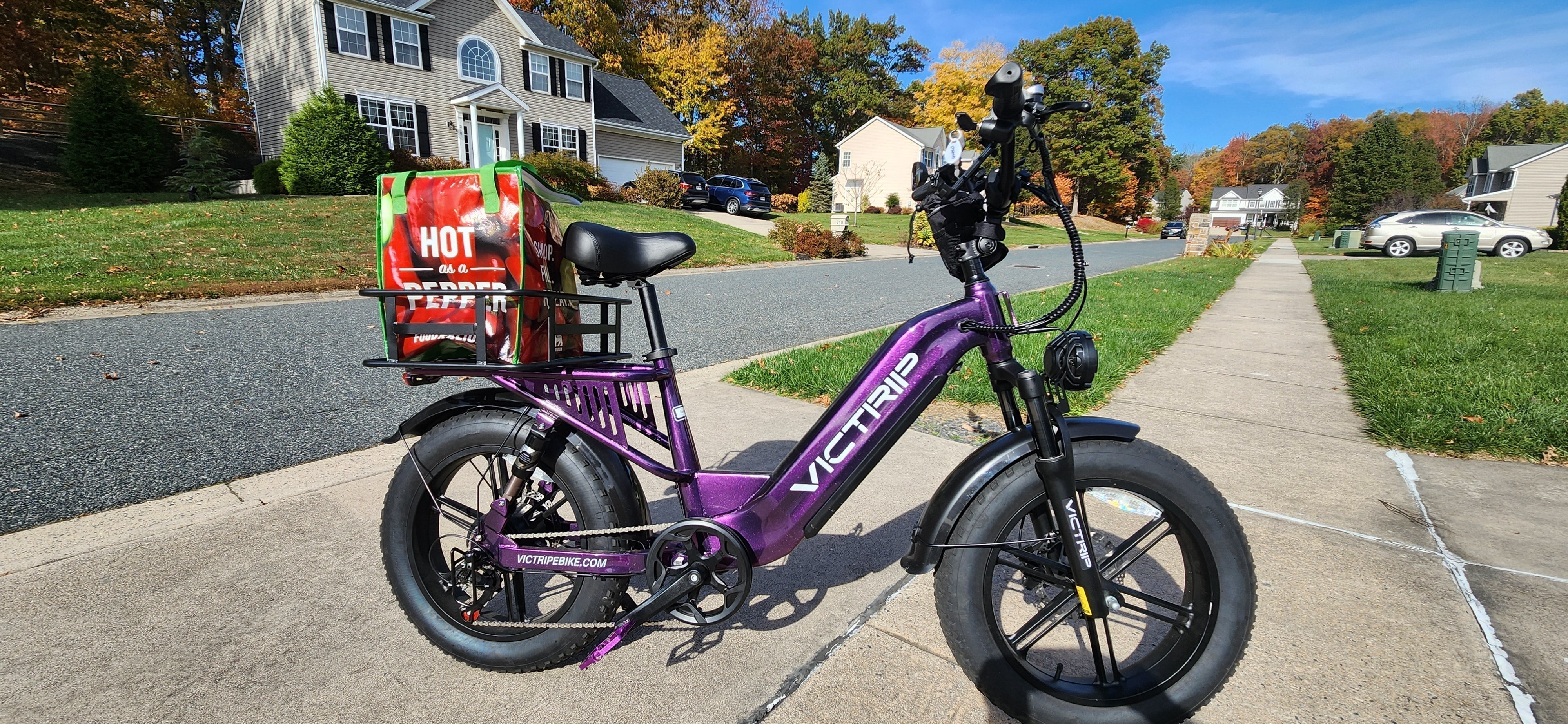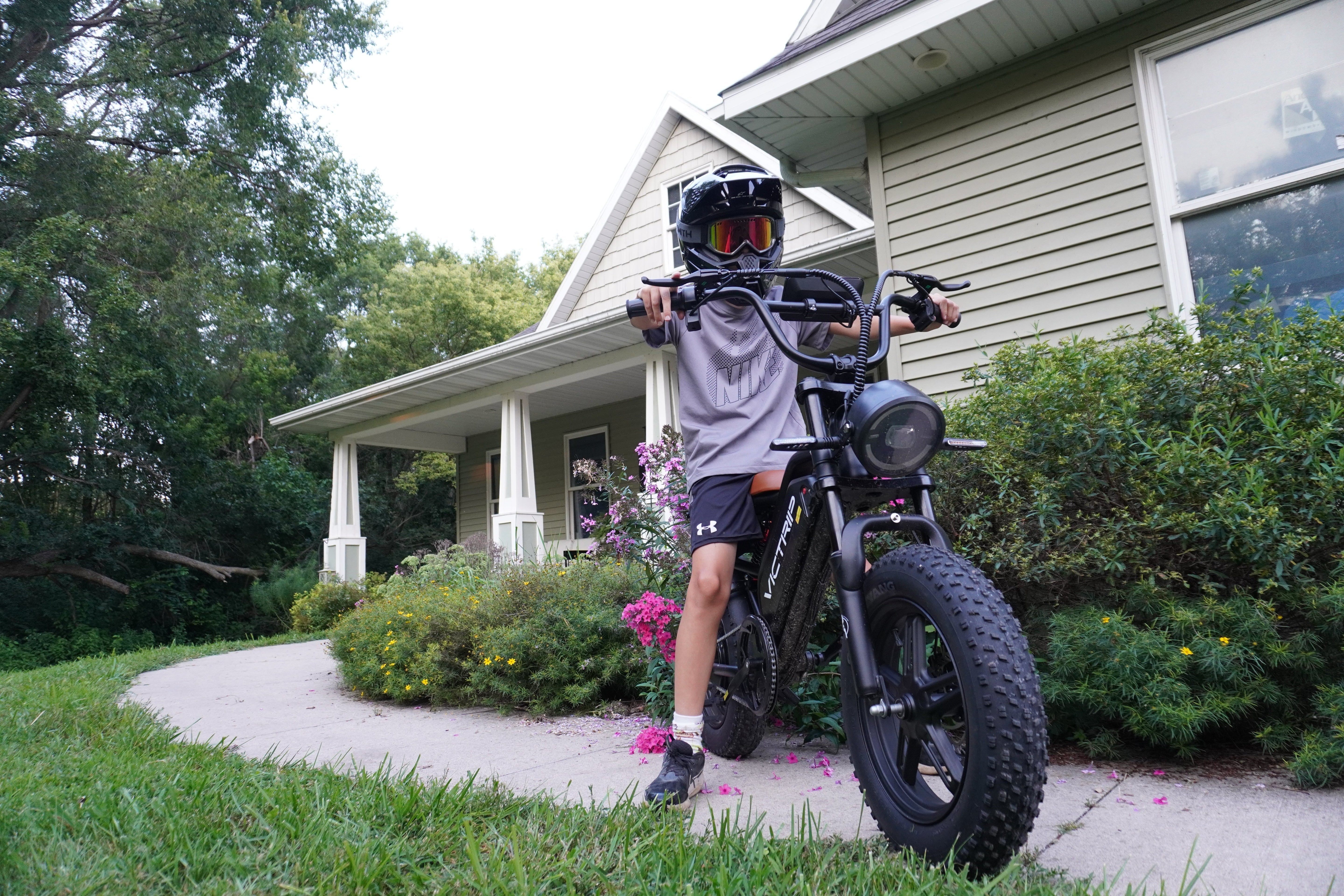
Batteries are the heart of any electric tricycle, and if you want reliable range and lower running costs, you’ll need to treat that heart well. In this guide I’ll show you, step by step, how to extend the battery life of your electric tricycle with practical, field-tested strategies. You’ll learn how charging habits, temperature, riding style, maintenance and storage all interact to determine how long a battery lasts — both per ride and over years of service.
Why trust this guide? The recommendations below are rooted in battery chemistry, manufacturer best practices, and common experience from technicians and riders. You’ll get actionable steps, safety warnings, and a realistic maintenance schedule you can follow. Let’s get started.
Understanding electric tricycle batteries (Basics & types)
To care for a battery, first know what type you have. Most modern electric tricycles use lithium-ion (Li-ion) battery packs — sometimes in branded formats (Li-NMC, Li-FePO4/LFP). Each chemistry behaves differently:
-
Lithium-Nickel Manganese Cobalt Oxide (NMC): high energy density, common in lighter vehicles. Good energy per weight, somewhat sensitive to high temps.
-
Lithium Iron Phosphate (LFP): lower energy density but excellent cycle life and thermal stability — often used where longevity and safety are priorities.
-
Lead-acid: older, heavier tech; avoid deep discharges and heat. (Less common in modern e-trikes.)
Key specs to know on your pack:
-
Voltage (V) — nominal pack voltage (e.g., 36V, 48V).
-
Capacity (Ah) — ampere-hours; combine with voltage to get watt-hours (Wh = V × Ah).
-
Watt-hours (Wh) — the best single number for range estimation.
-
BMS (Battery Management System) — the pack’s electronic guardian: provides cell balancing, over/under voltage protection, and temp monitoring.

Battery components and what really degrades them
Batteries degrade mostly due to:
-
High temperature: speeds up chemical aging.
-
Deep discharges: frequent drops to near-zero shorten cycle life.
-
Overcharging: sustained high voltage stresses cells.
-
High C-rate charging/discharging: very fast charging or heavy loads raise internal stress and heat.
-
Calendar aging: even unused batteries age over time, faster at high SOC and temp.
Understanding these failure modes helps you prioritize: avoid heat and extremes of state of charge (SOC).
Charge smart: best charging practices
Charging is where you control a large chunk of battery longevity.
Best practices:
-
Avoid full 100% charging when not needed. For daily use, charge to ~80–90% SOC; reserve full charges for long trips. This reduces voltage stress and slows degradation.
-
Avoid deep discharges below 10–20%. Try to recharge when the battery hits ~20–30% state-of-charge.
-
Use the manufacturer’s charger or a quality smart charger. Matching voltage and current is essential; cheap chargers may overvolt or mismanage cells.
-
Prefer slower charging when possible. Lower C-rate charging (e.g., 0.5C or less) reduces heat and electrochemical stress.
-
Top up regularly if the vehicle sits unused. For long-term storage, keep the battery around 40–60% SOC and check every 1–3 months.
Why partial charges help: Lithium cells experience less chemical stress when kept in the mid-SOC window. Charging to 100% repeatedly increases both average cell voltage and cumulative stress.
Choosing the right charger and charging schedule
-
Match the charger's output voltage to your pack’s voltage. Don’t be tempted by a “faster” charger with a higher voltage rating.
-
Look for chargers with temperature compensation or BMS-aware designs.
-
If you commute daily, charge after your ride but don’t leave at 100% for long periods.
-
For overnight charging, set a charging timer or smart plug to stop at ~90% if your charger lacks an adjustable cutoff.
Temperature control: keep it cool (and warm when needed)
Temperature is the silent killer of batteries. Heat accelerates capacity fade; extreme cold temporarily reduces usable capacity and stresses cells when charged.
Hot-weather tips
-
Park in shade; avoid leaving the trike in direct sun.
-
After a heavy ride, allow the pack to cool before charging.
-
If your pack exposes a BMS temp sensor, check it — repeated high temp events are a red flag.
Cold-weather tips
-
Batteries deliver less capacity in cold weather; expect reduced range.
-
Warm the battery slightly (by moderate riding or indoor storage) before charging — charging a very cold pack can cause plating and damage.
-
Keep storage above freezing for long-term health; if not possible, keep SOC around 30–50% and plan for accelerated wear.
Practical tips for hot-weather and cold-weather use
-
Insulate the battery in winter with a removable cover; remove insulation during charging if it traps heat.
-
If you live in very hot climates, consider parking indoors or using a ventilated storage spot.
-
Consider LFP chemistry if you face wide temperature swings — it’s more tolerant of heat and abuse.
Riding habits that save battery and extend life
Your riding style affects both per-ride range and long-term battery wear.
Ride to conserve:
-
Smooth acceleration: Avoid hard, repeated accelerations. That high C-rate discharge causes heat and stress.
-
Moderate cruising speed: Higher speeds use disproportionately more energy due to air resistance.
-
Lighten load where possible: Carry only what you need — weight increases current draw and heat.
-
Plan routes: Fewer steep climbs and stop/start events reduce battery stress.
Use of pedal assist (if available):
-
Engage pedal assist modes strategically; use lower assist levels for flatter segments.
-
Combine human power and electric assist to reduce discharge rates.
Regenerative braking and other ride-techniques
Regenerative braking can recover energy and reduce mechanical wear, but:
-
Its benefit depends on system design and terrain. In stop-and-go, regen helps; on long descents, it’s less impactful.
-
Excessive reliance on regen at high currents can heat the pack slightly; it’s usually beneficial but don’t expect miracles.
Maintenance & periodic checks
Routine checks prevent small issues from becoming pack-killing events.
Monthly / pre-ride checks:
-
Inspect connectors and cables for corrosion, fray, or looseness.
-
Check charger ports and seals.
-
Look for swelling or physical damage on the pack.
Quarterly / 3-month tasks:
-
Review BMS alerts — many systems have diagnostics accessible via display or app.
-
Confirm tightness of mounting hardware; vibration can loosen connectors and cause heat.
-
Clean terminals with a dry cloth; avoid solvents unless specified.
When to seek professional servicing
If you notice:
-
Rapid capacity loss or sudden range drop.
-
Persistent charging anomalies (won’t reach full, stops early, heats excessively).
-
Swelling, leaking, or burning smells — stop using the pack immediately and consult a professional.
A qualified technician can test individual cell voltages, run load tests, and evaluate whether cell replacement or pack replacement is necessary.
Storage and long-term care
If you won’t use the trike for weeks or months, storage matters.
Storage best practices:
-
Store at 40–60% SOC for long-term; this minimizes both calendar aging and safety risk.
-
Keep packs at cool, dry, stable temperatures — ideally 15–25°C (59–77°F).
-
For very long storage (>6 months), check SOC every 2–3 months and top up to keep within 40–60%.
Avoid storing at 100% or 0% — both extremes accelerate capacity loss. If you must store at extremes temporarily, minimize duration.
Many modern models, such as the VICTRIP T1 foldable electric tricycle, already integrate smart battery management features that make following these practices easier, but riders should still adopt good charging and storage habits.
TOP PICK

VICTRIP® T1 Foldable Electric Tricycle
Upgrades and accessories that help
Small investments can improve both range and battery life.
-
Smart chargers with configurable cutoffs and temperature compensation.
-
Battery warmers for cold climates — prevent cold charging damage.
-
High-quality connectors and waterproofing — prevents corrosion and bad contacts.
-
Onboard monitors or apps — give you SOC, cell balance and temperature alerts so you can act before damage occurs.
Consider battery upgrades only from reputable vendors; cheap aftermarket packs can lack proper BMS and safety features.
Troubleshooting battery problems
Common symptoms and what they often mean:
-
Sudden range drop: Could be cell imbalance, BMS limiting output, or a failing cell.
-
Won’t charge to full: Charger issue, BMS cutoff, or damaged cell.
-
Swelling or bulging: Thermal damage — stop using the battery and consult a professional.
-
Inconsistent voltage readings: Likely poor connections or failing cell groups.
When diagnosing, follow safe practices: isolate the battery, avoid direct shorts, and use protective gear if handling swollen packs.
Safety, disposal, and environmental considerations
Batteries contain materials that are hazardous if mishandled.
-
Never puncture or incinerate battery packs.
-
Recycle through authorized centers — many regions have e-waste programs or retailer take-back plans.
-
Follow local regulations for transport and disposal; some jurisdictions require packaging or labeling.
Safety also means respecting manufacturer limits — do not bypass BMS or protective interlocks; these exist to prevent fires and injury.
Quick checklist: 30-day, 90-day, 12-month care plan
30-day (monthly)
-
Wipe and inspect pack and connectors.
-
Check charging behavior after a full ride.
-
Ensure tire pressure and brakes are tuned (mechanical health affects load on battery).
90-day (quarterly)
-
Check BMS data and cell voltages if accessible.
-
Inspect mounting hardware and seals.
-
Perform a moderate capacity test (full charge → full discharge under normal ride) to note any unexpected change.
12-month (annual)
-
Have a professional pack inspection if pack is >2 years old or shows signs of wear.
-
Consider rebalancing or replacing cells if capacity dropped significantly.
-
Update firmware on smart controllers and chargers if manufacturer recommends it.
Conclusion & final recommendations
Extending the battery life of your electric tricycle is largely about consistent, sensible care. Keep the battery in the mid SOC range for daily use, avoid extremes of temperature and charge, adopt gentle riding habits, and perform periodic checks. Use quality chargers and, when in doubt, consult technicians rather than attempting risky DIY fixes on battery packs.
Final quick takeaways:
-
Charge to ~80–90% for daily use and avoid discharging below ~20%.
-
Keep batteries cool and out of direct sun; warm them before charging in cold weather.
-
Use proper chargers and monitor cell balance through the BMS.
-
Conduct monthly inspections and professional servicing when anomalies appear.
Thanks for reading — treat your battery kindly and it’ll reward you with miles, years, and safer riding.
FAQs
How often should I fully charge to 100%?
Only when you need maximum range for a long trip. For daily use, stop at 80–90% to reduce long-term stress.
Can I ride immediately after charging?
Yes, but note that charging can warm a pack; it's fine to ride, though letting a hot pack cool before heavy use is better for long life.
My battery shows swelling — what now?
Stop using it immediately, disconnect if safe, and contact a professional or the manufacturer for disposal or repair options.
Will replacing the BMS help if my range falls?
Sometimes. Range drop can be due to cell aging rather than BMS failure. A technician can diagnose whether cell replacement or BMS replacement is appropriate.
Is it better to replace the whole pack or individual cells?
Replacing individual cells is possible but complex and must match cell chemistry and balancing. For many riders, replacing the entire pack with a reputable unit is safer and more cost-effective.




Share:
Burning Man: Ride Bicycles Vs. E-Bikes?
Are Used eBikes Worth the Investment? Pros and Cons